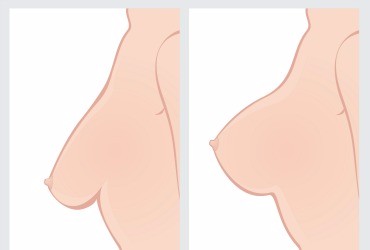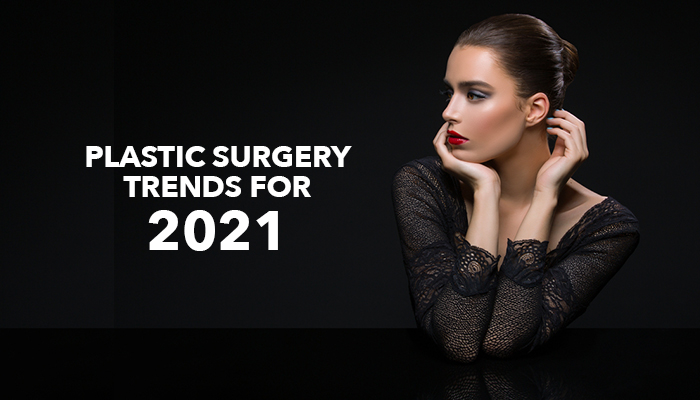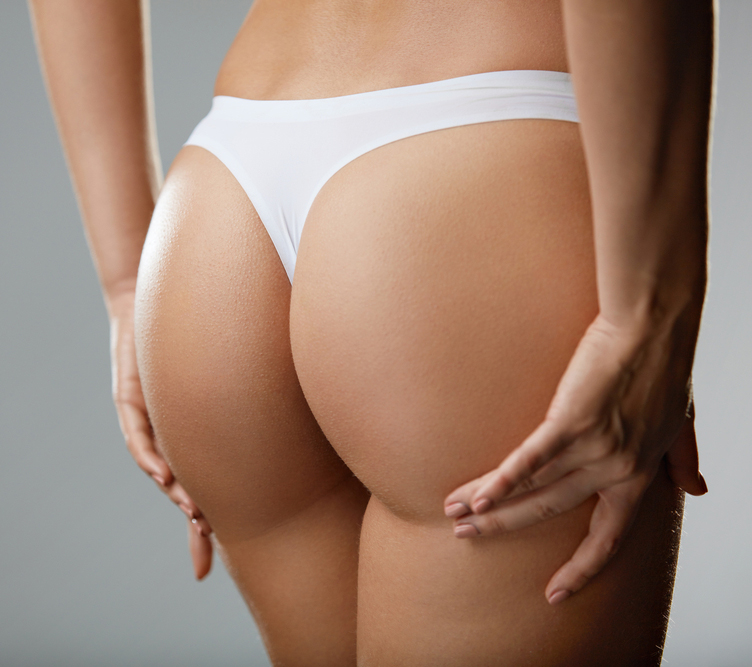
Breast Lift Procedure
Before moving on to the procedure of breast uplift surgery, it is important that one understands what breast uplift is all about and what are the intricacies of the process. Breast surgery is also known as Mastopexy. What happens in this procedure is that the patient’s breasts are raised by the removal of excess skin which tends to sag. Moreover, breast contours are also reshaped by the tightening of breast tissue. Breast uplift is a very common and increasingly popular form of cosmetic surgery. In fact, it tends to outpace breast implants in its popularity.
Benefits of Breast Lift Surgery
Not only does breast uplift raise your breasts, but it can also go a long way in the reduction of your areola size. Sometimes, areola tends to grow larger owing to several factors. Breast uplift surgery acts as a remedy for this problem as well.
Another important benefit which breast uplift surgery can claim to its name is the rejuvenation of your body profile. Since breasts become much more youthful and perkier owing to this surgery, therefore quite a number of years can be taken off you.
Sagging and droopy breasts are a common ailment which is suffered by many women across the globe. This is because women’s breast tend to change over time and a number of factors are responsible for this change. These factors might include aging, sudden weight loss, heredity, pregnancy, breastfeeding etc.
These advantages make breast lift a very appealing option. However, you need to take a rational and informed decision about whether you want to pursue this cosmetic surgery or not, so that any later regrets might be avoided. In order to make an informed decision, one must be acquainted with the intricacies of the procedure, its potential complications, its realistic expectations etc.
We like to aid you in making this decision and therefore hereby we have listed down the various steps which are involved in breast lift surgery.
Procedure
A number of incision techniques and patterns can be deployed for mastopexy. These techniques vary from patient to patient depending upon her individual condition. Generally, the surgeon takes the patient’s breast’s size and shape into consideration while deciding on the most appropriate surgical technique for her. Some other deciding factors include the position of your areolas and their size, the degree to which your breasts are sagging and the amount of extra skin that you have.
Steps:
Anesthesia
Local or general anesthesia is given prior to the surgery in order to keep you comfortable during the surgical procedure. Your surgeon would decide whether intravenous sedation or general anesthesia would work best for you.
Making the Incision
It has already been mentioned above that incision patterns vary. However, there are three patterns which are very commonly deployed during the breast surgery procedures. These patterns are:
Making an incision around the areola.
Making an incision around the areola and down to the crease of your breast.
Making an incision around the areola, carrying it down to the breast crease and then making another horizontal incision along the crease.
3. Reshaping
Incisions are followed by the reshaping of breasts. Once the incision is made, the doctor embarks upon the following steps to reshape your breast profile.
The surgeon would lift your underlying breast tissue. This breast tissue would then be reshaped so that your breast contours are enhanced and are made firmer.
Also, the position of your nipple and areola is changed so that they now attain a more youthful height.
If your areola is of a very large size, then its size would also be reduced by skimming off the periphery’s skin.
Eventually all the excessive, droopy skin is removed from your breast and consequently, it is raised.
Closing the incisions
Once your breasts have been reshaped and raised, it is time for the incisions to be closed. These incisions would definitely leave behind scars. At times, these scars are masked by your natural breast contours, yet at times they can be seen distinctly on the surface. Although these scars left behind by the incisions are permanent, however, they do improve with time and gradually tend to fade.
Many women want the scars to be as small as possible so that they do not appear ugly and prominent. The surgeon, however, decides what type of incision would work the best for you. It is recommended that you pay heed to your doctor’s advice and not insist on an incision which might be easy to hide but which would have a toll on the results of your surgery.
How is the skin closed and supported?
Sutures are deployed for this purpose. These are laid deep down the breast tissue so that they can aid in the support of your newly reshaped breast muscles. Moreover, the skin is closed with the help of these very sutures and a surgical adhesive tape. At times, skin adhesives might also be used by the surgeon.
Point to Ponder!
You need to remember that breast lift surgery is not a miracle. It would do certain things and it would not do certain things. For instance, breast lift surgery would not make your breasts fuller or rounder. In contrast, this surgery would also not reduce the size of your breasts. The former function is performed by breast augmentation surgery while the latter is brought about by breast reduction surgery. To put it bluntly, you ought to have realistic expectations from the surgery.
Combination procedures
Many women conjugate their breast lift surgery with a number of other cosmetic procedures to end up with a more youthful and rejuvenated overall body profile. Some of these cosmetic procedures include upper body lift, mommy makeover etc.
Choose the RIGHT cosmetic surgeon
If you have decided to get a breast lift surgery done, then your primary consideration should be to make use of the services of an experienced, skillful and competent cosmetic surgeon if you really want to avoid any complications and want to end up with successful and satisfactory results.
Dr. Amjadi MD, DDS, FACS
Certified by the American Board of Plastic Surgeons
915 Gessner Rd #870
Houston, TX 77024
713-465-6198













